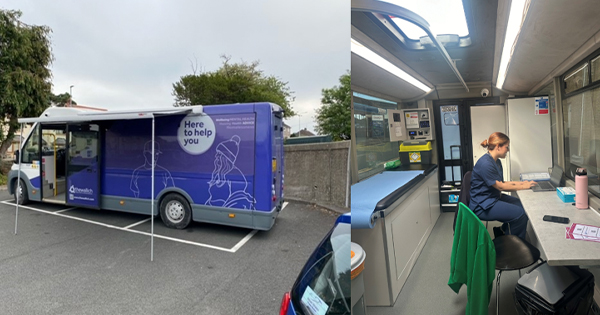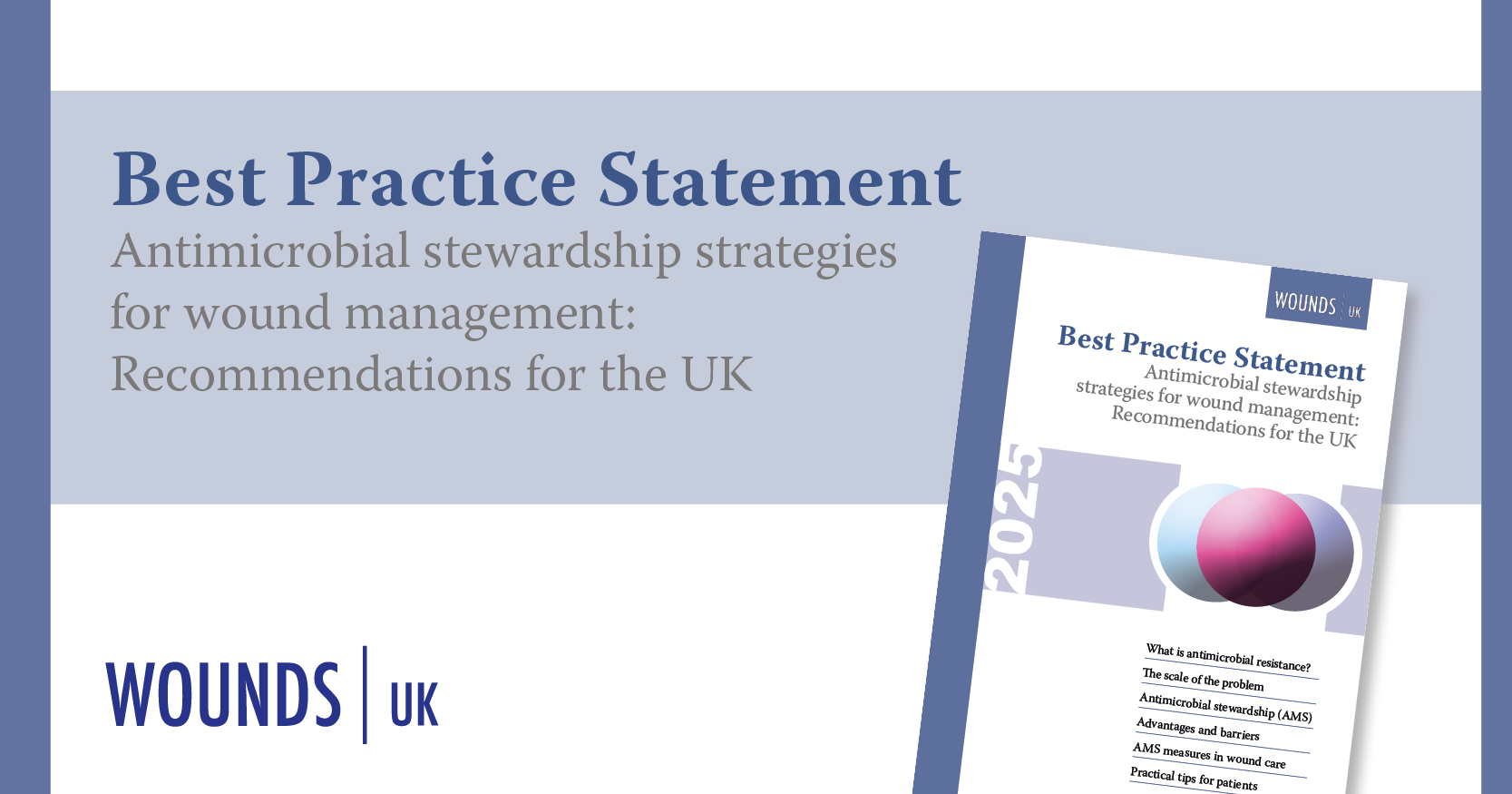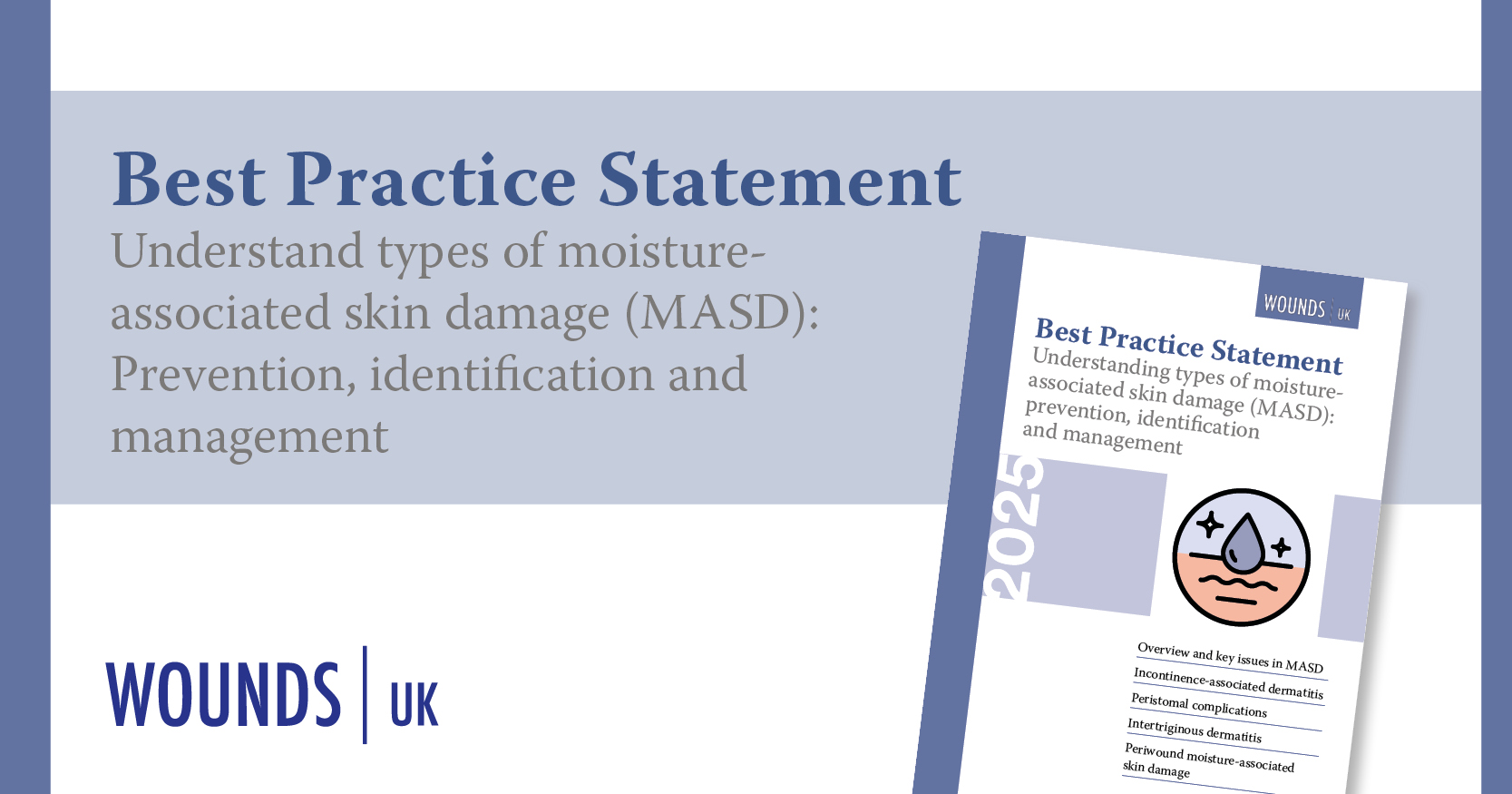People experiencing homelessness (PEH) often face significant barriers to accessing healthcare such as wound care, due to challenges including transportation, psychosocial factors, flexibility of healthcare systems and service coordination (McNeill et al, 2022). Chronic wounds are prevalent in this population, often resulting from trauma, prolonged exposure to harsh conditions, malnutrition and poorly managed chronic conditions, and can lead to severe complications if left untreated (Goto et al, 2023). As traditional healthcare settings often fail to meet the needs of this patient group, the emergency department is used by these patients when such complications arise (Malik and Geraghty, 2021). This often results in a revolving door approach and failure to achieve long-term management of chronic health issues.
In 2023/24, 13,539 families and individuals in Wales were assessed as being homeless, an increase of 8% on the previous year (Welsh Assembly Government, 2024). In 2021, the Welsh Assembly Government launched its action plan for Ending Homelessness in Wales. The Covid-19 pandemic upended previous models of supporting PEH, accelerating changes to the existing system. The Welsh Government’s action plan emphasises that the responsibility of ending homelessness in Wales sits with all stakeholders, including healthcare.
Cwm Taf Morgannwg University Health Board (CTMUHB) provides care for approximately 450,000 people in South Wales, covering three county boroughs. The CTMUHB wound clinic service provides wound care in the traditional healthcare setting for people with chronic and complex wounds, including venous leg ulceration and diabetic foot ulcers. The Wallich is a Welsh homelessness charity which believes that everyone deserves the right to a home, the right to feel safe, to feel valued and to feel positive about their future (The Wallich, 2025).
In response to the challenges of providing wound care to PEH, the wound clinic service, in collaboration with The Wallich, developed a pilot mobile wound care service. This initiative aims to deliver essential wound care directly to PEH, ensuring accessibility, and also addressing broader health and social needs. By integrating a multidisciplinary approach within a mobile healthcare model, the project seeks to improve engagement, promote healing, and reduce hospital admissions and wasted appointments.
Pre-pilot stage
PEH are regularly referred to the CTMUHB wound clinic service. An internal audit of lost clinic time highlighted that there was a high number of Did Not Attends (DNAs)within this patient group, resulting in wasted appointments and poor healing outcomes (wound remaining unhealed after 12 weeks). With approximately 90 lost appointments in a year (equating to 45 hours of clinical time), it was clear that a change in service delivery was required to support this patient group more appropriately. This prompted the service to reach out to other potential supporting services to try and formulate a solution. Following engagement with key stakeholders, including infection control, health and safety, and the homelessness nursing team, a pilot service was developed in partnership with The Wallich.
Aims
The primary objective of this pilot project is to improve access to timely and effective wound care for PEH, mitigating the barriers that prevent them from seeking treatment (Carmichael et al, 2023).
Additionally, the initiative adopts a holistic care model by linking patients with other essential services, including mental health support, homelessness nurses and housing services. By fostering trust and delivering care in familiar settings, the service hopes to bridge gaps in healthcare provision and improve overall health outcomes for this vulnerable population
Methods
Mobile service delivery
To address the accessibility challenges faced by PEH, the wound care team, consisting of registered nurses and healthcare support workers, partnered with The Wallich to utilise their mobile clinical bus, Dilys [Figure 1]. This mobile unit provides a secure, welcoming environment where PEH can receive wound care and build positive relationships with healthcare workers, without the need for formal appointments at traditional healthcare settings, which they often avoid due to stigma or logistical difficulties (Ramsay et al, 2019).
The clinic is run as a 2-hour drop-in session with no fixed appointment times, giving greater flexibility and ease of access. Dilys has facilities that make it appropriate for delivering wound care, including a clinical couch, internet access, running hot and cold water, a toilet and a side awning to provide protection from adverse weather for those waiting to be seen. PEH can have both acute and chronic wounds assessed and dressed, as well as receive advice for any skin related concerns such as trench-foot or rashes. They are supplied with further dressings to utilise during the week between sessions, if required.
Community-based clinics
The mobile wound care service operates once a week at a predetermined location where PEH frequently congregate. This is always at the same location and at a set time and day, to ensure consistency and ease of access for those who wish to use the service. During the session, outreach workers known to PEH go into the local town and surrounding areas and gather those who require wound care or other support. Those who have been seen previously make their own way to the bus during the drop-in session to have their wound reviewed. To create a friendly, welcoming atmosphere and encourage engagement, hot drinks and light snacks are available, as well as new clothing and footwear if required, provided by The Wallich through donations.
Multidisciplinary team approach
A core strength of the initiative is its multidisciplinary team (MDT) approach. The team comprises:
- Wound care nurses
- Homelessness specialist nurses
- The Wallich outreach workers
The MDT works collaboratively to assess and treat wounds while addressing underlying social determinants of health, such as housing instability and substance use. The mobile clinic has facilitated access to other healthcare interventions, such as seasonal flu vaccinations administered by the homelessness nurses.
Furthermore, close collaboration with social services allows individuals to receive assistance with housing applications, substance misuse support and mental health referrals. It is hoped that we can recruit further clinicians, including podiatrists and dentists, to support and expand the service [Table 1].
Results
Improved engagement and accessibility
Preliminary findings indicate that PEH who previously avoided or missed healthcare appointments are now engaging with the mobile service. The removal of barriers, such as transportation issues and institutional stigma, has encouraged individuals to seek wound care.
The service has fostered trusting relationships between healthcare professionals and PEH, a critical factor in improving long-term health engagement. Many individuals using the service report feeling respected and valued, which contrasts with their previous negative experiences in mainstream healthcare settings.
Positive patient outcomes
Early data suggests improved wound healing rates due to regular assessments and treatment, with wounds healing within 12 weeks or showing significant surface area reduction. Additionally, there have been a number of prevented A&E visits and potential hospital admissions, because people with superficial acute stab wounds (not requiring suturing) and other trauma wounds have been treated at the bus.
Appropriate and regular dressing of chronic wounds, including venous leg ulcers and diabetic foot ulcers, is helping to prevent infections and improve quality of life for these patients [Figure 2].
Cost savings and efficiency
A notable reduction in DNA rates within traditional wound clinics has been observed, translating to cost savings for healthcare providers. By treating wounds earlier in community settings, the service prevents complications that would otherwise require expensive hospital interventions.
In the 2 months prior to the pilot launching, there were 21 DNAs by PEH (approximately 10.5 hours of clinic time). Since the launch, only three DNAs have been recorded within this patient group (85.7% reduction), evidencing the value of this service for both patients and services.
The pilot service runs on an afternoon when the wound clinics cannot run in one of the traditional settings due to unavailability of clinical space. Previously, staff were reassigned to other clinic areas during this period, but now they are better utilised in the pilot service. As a result, the pilot service makes use of previously lost time within the traditional clinic settings.
Enhanced multidisciplinary collaboration
The integration of healthcare and social services has proven effective in addressing broader health determinants. Individuals accessing wound care are simultaneously being linked with housing support, mental health services and harm reduction programmes, promoting a more comprehensive care model.
Discussion
Addressing barriers through flexible, integrated, community-based care
The success of this pilot highlights the importance of flexible healthcare models tailored to the specific needs of PEH. Traditional healthcare systems often fail to accommodate the complex and unpredictable lifestyles of homeless individuals. By delivering care in an environment that PEH trust and frequent, the service overcomes long-standing barriers. Fostering trust between PEH and healthcare professionals is an important step in the management of health conditions, such as chronic wounds.
Wound care is just one component of a much broader health and social care challenge. By embedding wound management within a holistic support framework, the service ensures that patients receive comprehensive care addressing both immediate medical needs and underlying social determinants.
The importance of partnership working
The collaboration between healthcare providers, social care teams and third-sector organisations like The Wallich has been fundamental to the project’s success. This partnership approach ensures that healthcare is not delivered in isolation, but as part of a wider, coordinated response to homelessness.
Sustainability and future expansion
To assess the impact of the pilot project, data is currently being collected on patient engagement levels, treatment adherence and healing rates, as well as qualitative feedback from service users and staff. These metrics will help determine the services effectiveness and inform decisions about its sustainability and potential expansion.
While the pilot service has already demonstrated significant impact amongst this patient group, long-term sustainability must be considered. Currently there is ongoing work to secure additional funding to continue and expand the service to other geographical areas within CTMUHB. There is also work to involve other healthcare professionals in the pilot, including podiatrists and dentists, both of which are frequently required but not accessed by this patient group. Continued research and evaluation will be required to fully assess the long-term impact of this model on health outcomes and healthcare system efficiencies.
Conclusion
This pilot service demonstrates the potential for innovative, mobile healthcare solutions to meet the complex needs of PEH. Our partnership with The Wallich has proven effective in improving access to wound care, enhancing patient outcomes, and building trust within this population. This type of service delivery falls in line with the Welsh Assembly Government plan for ending homelessness in Wales and enables wound care delivery in an otherwise challenging environment. The next steps involve continuing to evaluate the sustainability of the project and expanding the service to other vulnerable groups within the community. The recruitment of other services including podiatry is also ongoing, to continue to improve the level of holistic care we are able to give to PEH.





